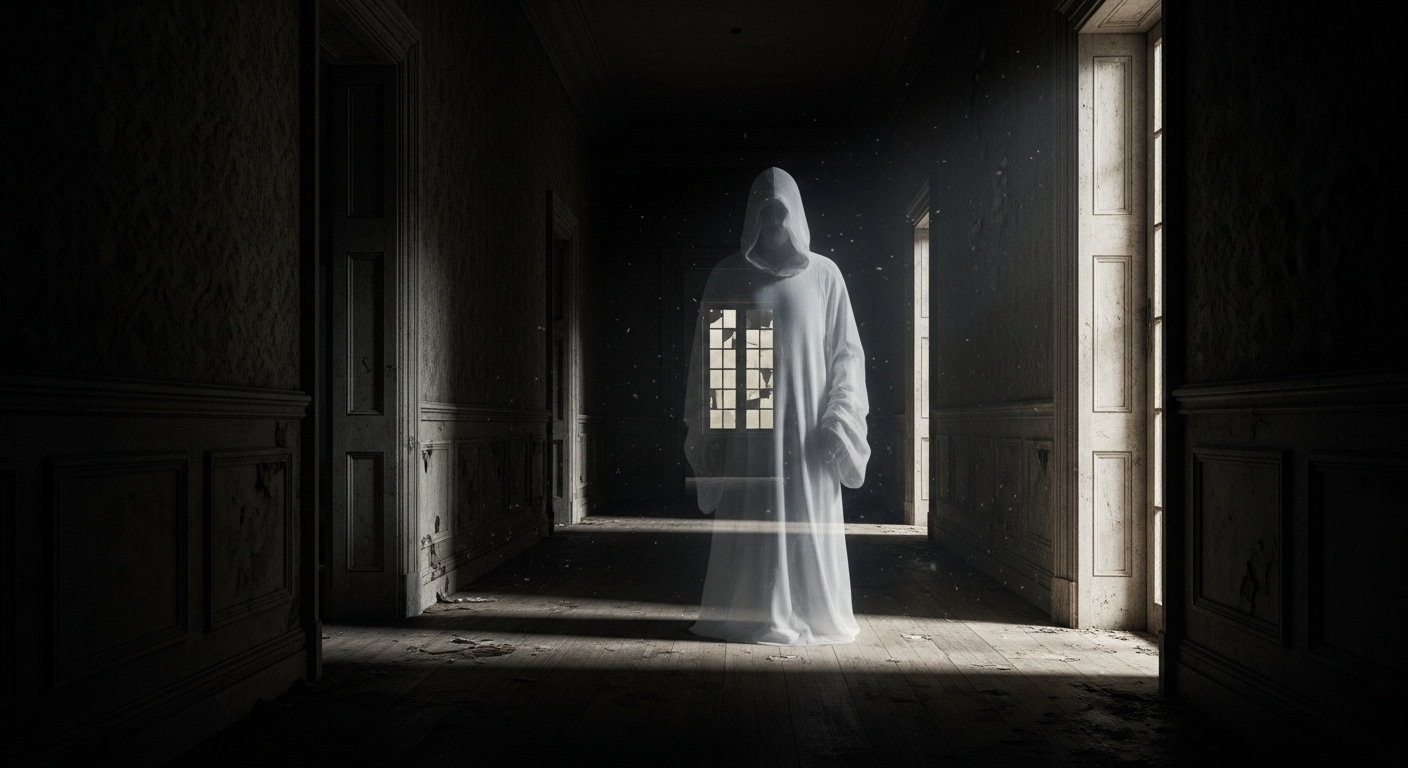The history of the Catholic Church, while often viewed through a lens of sanctity and devotion, is also punctuated by periods of profound darkness and scandal. Among the most chilling of these is the Sister Maria Firrao Sant’Ambrogio scandal details, a complex web of deceit, sexual misconduct, coercion, and even murder that unfolded within the walls of a seemingly devout Roman convent. For centuries, these disturbing events remained largely hidden, locked away in secret archives.
1. Introduction: Unearthing a Hidden History
Monastic institutions, intended as havens of spiritual contemplation, have regrettably sometimes become stages for grave abuses. The Catholic Church monastic scandals, particularly those of the 19th century, offer a stark reminder of the human frailties that can permeate even the most sacred spaces. Our focus today is the infamous Sant’Ambrogio della Massima convent in Rome, a place that, beneath its facade of piety, harbored truly monstrous acts.
The unearthing of these shocking events is largely thanks to the diligent work of historian Hubert Wolf. His access to previously secret Vatican archives, especially after 1998, proved pivotal in bringing the full extent of the Sister Maria Firrao Sant’Ambrogio scandal details to light. What he discovered was a tale encompassing false sanctity, sexual abuse, systematic coercion, and even premeditated murder, revealing a systemic failure within the Church to address deeply disturbing practices¹.

2. Sister Maria Agnese Firrao: The Genesis of Deception (Early 19th Century)
2.1 Founding the Convent (1806)
The story begins with Maria Agnese Firrao, the ambitious founder of the Sant’Ambrogio della Massima convent in 1806. She established a community that would, for decades, struggle under the shadow of her initial deceptions.
2.2 Cultivating a False Saintly Image
Firrao quickly began to craft an image of herself as a living saint. She claimed to experience divine visions, receive stigmata – marks mimicking the wounds of Christ – which were later revealed to be self-inflicted². Her extreme penitential practices, including wearing an iron mask with inward-pointing nails, further solidified her reputation. This elaborate charade garnered her immense support from various confessors, bishops, and even influential cardinals, illustrating the powerful sway of alleged spiritual authority at the time.
2.3 Illicit Activities and Charges
Behind the veil of piety, Firrao engaged in deeply unsettling conduct. Records indicate she was involved in “lewd behavior” with her confessor, including a shocking three-way tryst with another nun. Furthermore, she was accused of performing false miracles and undergoing abortions after becoming pregnant by clerics, demonstrating a profound betrayal of her vows and religious office.
2.4 The 1816 Inquisition Trial and Conviction
Eventually, Firrao’s facade began to crack. In 1816, she was put on trial by the Inquisition. The proceedings concluded with her conviction for “feigned holiness,” “lewd behavior,” and “false sanctity.” She was subsequently banished for life to another convent in Gubbio. However, even from exile, Firrao managed to maintain a disturbing level of influence over Sant’Ambrogio through a network of correspondence, proving the enduring nature of her cult of personality.

3. Maria Luisa: Escalation of Scandal (Mid-19th Century)
The darkness initiated by Firrao did not dissipate with her banishment. Instead, it escalated under the leadership of Maria Luisa, who became the Mistress of Novices (Vicaress) in the 1850s. Rather than eradicating Firrao’s influence, Maria Luisa actively perpetuated the veneration and cult of the “condemned” founder within the convent walls, creating a fertile ground for even greater abuses.
3.1 Rise to Power
Maria Luisa’s ascension marked a new, even more insidious chapter in the Sister Maria Firrao Sant’Ambrogio scandal details. She cultivated her own sphere of absolute control and spiritual manipulation.
3.2 Further Deception and Coercion
Maria Luisa outdid Firrao in her fabrications. She claimed to receive divine revelations, including visions, “heavenly gifts” like locks of Mary’s hair, handwritten letters from the Virgin Mary, and jeweled rings from Jesus. She also asserted the presence of a “heavenly odor” and other miraculous phenomena to bolster her spiritual authority. These deceptions were used to coerce novices into what were described as “lesbian initiation rites” and sexual encounters, sometimes involving multiple participants. Shockingly, she claimed that bodily fluids from these acts possessed curative powers, a twisted justification for her exploitation³.
3.3 Involvement with Confessors
The corruption extended beyond the nuns themselves. Maria Luisa engaged in an “erotic Jesuit blessing” and illicit sexual relationships with male confessors, most notably Padre Peters (Joseph Kleutgen), a prominent Jesuit theologian. This complicity from high-ranking clerics allowed the abuses to continue unchecked for years.
3.4 Financial and Criminal Activities
Beyond the sexual and spiritual abuses, Maria Luisa was also involved in significant financial and criminal activities. She embezzled convent funds for personal gain, purchasing lavish jewelry. Most horrifyingly, she was implicated in the attempted murder of Princess Katharina von Hohenzollern-Sigmaringen through poisoning. Investigations later confirmed her responsibility for the murder of at least three other nuns by poisoning, solidifying the charges of false sanctity coercion murder at the heart of the scandal.

4. Princess Katharina von Hohenzollern-Sigmaringen: The Whistleblower
4.1 Entry into the Convent (1858)
A pivotal figure in exposing the scandal was Princess Katharina von Hohenzollern-Sigmaringen. This German aristocrat, twice-widowed, entered Sant’Ambrogio in 1858, seeking a life of piety. Little did she know she would soon stumble upon a den of iniquity.
4.2 Discovery and Denunciation
Princess Katharina quickly witnessed the pervasive false holiness, cult worship, and sexual perversion rampant within the convent. Her growing unease turned to alarm when Maria Luisa made repeated attempts on her life through poisoning after she voiced her concerns. Fearing for her safety, the Princess made a dramatic escape and appealed to her cousin, a papal confidant. This bold move led to her formal denunciation of Maria Luisa and the convent to the Holy Office in 1859, making her the courageous Princess Katharina von Hohenzollern-Sigmaringen whistleblower who brought the dark truths into the light.

5. The Investigation, Trials, and Aftermath (1859-1862)
5.1 The Inquisition Proceedings
Princess Katharina’s courageous denunciation prompted a formal investigation by the Church’s Inquisition, led by Vincenzo Leone Sallua. Over several months, witnesses were interrogated, and shocking confessions were extracted. The investigation delved into the veneration of Firrao, the false sanctity of Maria Luisa, the alleged lesbian relationships, poisoning incidents, and embezzlement – unearthing the full extent of the Sister Maria Firrao Sant’Ambrogio scandal details.
5.2 Guilt and Punishments
The trials led to convictions for many involved. Maria Luisa was sentenced to 20 years of monastic confinement. She later became deranged and died in poverty, a stark end to her reign of terror. Confessors Giuseppe Leziroli and Joseph Kleutgen (Padre Peters) were heavily implicated in promoting false cults and engaging in sexual misconduct. Remarkably, Kleutgen, a prominent theologian, received a mild sentence that was later reduced by Pope Pius IX, suggesting a potential cover-up to protect high-ranking officials and preserve the Church’s image⁴. Other nuns, such as Maria Veronica, also confessed to their involvement, painting a grim picture of widespread corruption.
5.3 Consequences for the Convent and the Church
As a direct result of the scandal, the Sant’Ambrogio della Massima convent was permanently closed. The broader implications for the Church were significant, highlighting systemic failures, deep-seated corruption, and a troubling tendency to protect prominent figures over exposing wrongdoing. This period remains a critical lesson in the history of Catholic Church monastic scandals.

6. Legacy and Historical Significance
The story of Sister Maria Firrao Sant’Ambrogio stands as a potent reminder of the dark undercurrents that can exist within institutions. The importance of Hubert Wolf’s work in meticulously sifting through the Hubert Wolf Vatican archives cannot be overstated; it allowed this previously suppressed narrative to finally emerge, offering critical insights into the real Sister Maria Firrao Sant’Ambrogio scandal details.
This episode forces reflections on power dynamics, gender, and sexuality within monastic life during the 19th century. It contributes to the ongoing, crucial discussion about how the Catholic Church addresses – and sometimes conceals – its scandals, emphasizing the need for transparency and accountability.

References
- Wolf, H. (2013). Die Nonnen von Sant’Ambrogio: Eine wahre Geschichte aus dem Rom des 19. Jahrhunderts. C.H. Beck.
- Wolf, H. (2015). The Nuns of Sant’Ambrogio: The True Story of a Convent in 19th-Century Rome. Alfred A. Knopf.
- Daily Mail Online. (2013). The Nuns Who Poisoned Their Sisters.
- The Guardian. (2013). Vatican archives expose 19th-century convent scandal.
END



